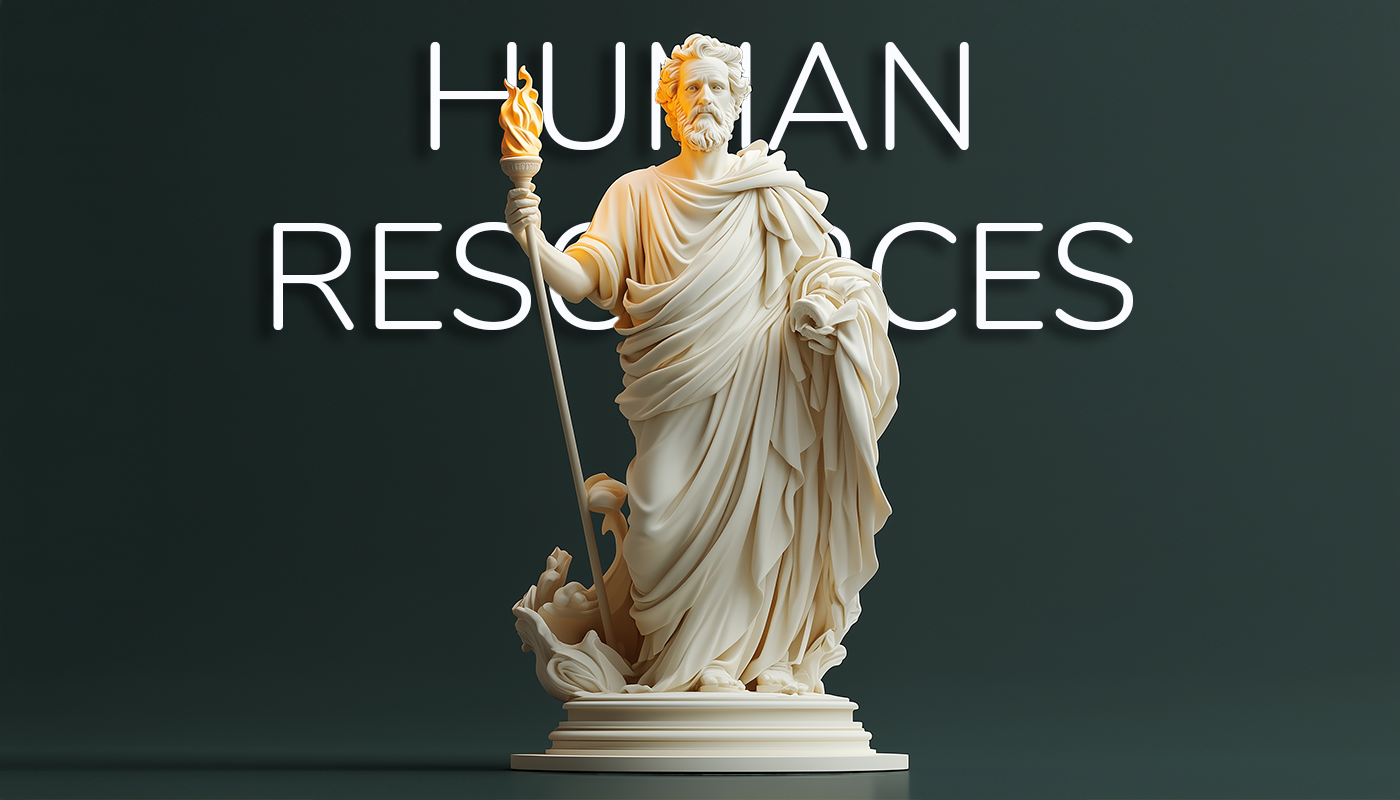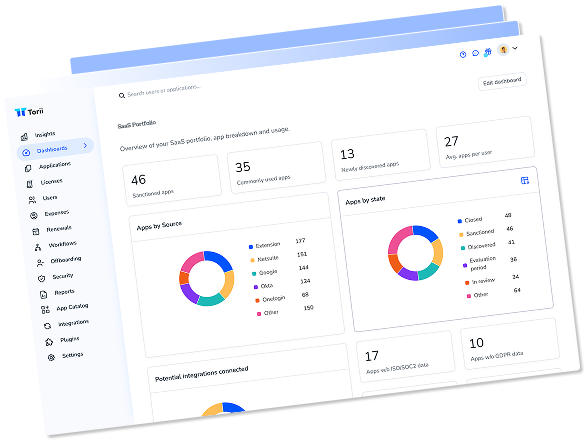“To win the marketplace, you must first win the workplace.”
Doug Conant, CEO of Campbell Soup Company
Human Resources is tasked with improving both the morale and engagement of employees. This pursuit is critical to retaining top talent and maintaining a positive workplace culture for long-term sustainability.
Easy to say, hard to execute.
According to Gartner, “82% of employees say it’s important for their organization to see them as a person, not just an employee; only 45% of employees believe their organization sees them this way.”
What does this have to do with IT?
While this article won’t provide a complete solution to HR’s challenges, it can offer valuable insights on how you can help support HR leaders in overcoming these challenges.
See this as an opportunity—not to adopt a new software solution but to actually align your departmental goals with the rest of the organization—including HR. This isn’t about getting buy-in for a quick win. It’s about building a bridge of trust between two teams with the shared goal of success for the organization.
In the rest of this article, we’ll explore the primary priorities of HR as it relates to software. By understanding this intersection of priorities, it can help you build a stronger business case for implementing a SaaS Management Platform for your organization.,
Human Resources Professionals: The Guides
What they care about: Talent Acquisition and Retention, Employee Engagement and Satisfaction.
Let’s start with the obvious—HR doesn’t care about features (you can say this about all the other groups); they care about how this solution you’re interested in reduces/removes a bad thing or improves/enables a good thing.
In other words, leave the technical jargon and bring an empathetic perspective on the work of HR and how you can help.
Below, we’ll look at two of the top priorities for HR professionals, along with some insights into why
Top Priorities for Human Resources
Talent Acquisition and Retention
Let’s start with the obvious: some organizations struggle to retain top talent. There might be a number of reasons for this, from pay to career opportunities, but one of the most common is a poor onboarding experience!
First, gather the data: the first thing you need is to understand how much talent is walking out your door and when they are leaving. For example, The Society for Human Resource Management (SHRM) reports that up to 20% of staff turnover occurs within the first 45 days of employment.
How much of this comes down to onboarding? According to experts, a lot. Research by the Brandon Hall Group found that organizations with a robust onboarding process improve new hire retention by 82% and productivity by over 70%.
Now the question is, how can IT help here? Well, as it turns out, most of onboarding is admin work (surprise!). That means paperwork, setting up hardware, gathering login credentials, and figuring out which Slack channel is for pictures of the company pets. In our modern, cloud-first workspace, the apps are just as much a part of the employee experience as the physical location. While that might scare some, it should encourage others because it provides an opportunity to build a process that cuts out a lot of the busy work.
Talk to HR about transforming first impressions: If your company is experiencing high turnover with new hires, a big point of emphasis should be streamlining that onboarding process. Less busywork and more focus on the tasks that contribute to good first impressions.
A SaaS Management Platform like Torii can make app provisioning and setup a straightforward process instead of a labyrinth. The faster an employee feels engaged with their company and their work, the better. According to BambooHR, 89% of employees who have an effective onboarding experience are engaged at work.
Remember, talk about business outcomes, not features. HR cares about the problems you’re eliminating, not the tools or features that make it work.
Employee Engagement and Satisfaction
Onboarding sets the stage, but you want a workplace that maintains high levels of employee morale, engagement, and satisfaction. There are many ways to do this, but an often overlooked aspect is through the tools you use.
According to Qualtrics, employees are 230% more engaged and 85% more likely to stay in a job longer than three years if they have the technology tools they need to do their job. Now, this might now sound like an HR issue but it is causing HR problems.
Talk to HR about how tools impact experience: With a SaaS Management Platform, you get visibility into the sanctioned apps and the unsanctioned apps. So you know what apps people have paid licenses for and what apps they’re trialing freemium accounts with. More importantly, you see which apps they use more often. This allows you to identify the tools that people love vs the ones they are assigned.
While this doesn’t mean you leave security on the periphery, you have more data to build a SaaS stack that more people will love. That means higher satisfaction, engagement, and retention.
Again, in conversation with HR, they don’t care about how, but they do care that the workplace becomes more inviting to top talent who likes to explore cutting-edge tools.
Putting it all together—sample message:
Ok, you’re now equipped with a better understanding of your Human Resources’ priorities. They want better talent acquisition, retention, and engagement, and satisfaction. IT can help by improving onboarding and building a more beloved tech stack for the organization based on data. But how do you start the conversation?
First, know your contact.
Figure out who has the authority to back up this initiative and who would benefit from its success. A great contact would be someone who sees this technology as a way to better align IT with HR’s employee experience initiatives. Some example contacts would be the company’s Chief Human Resources Officer (CHRO), Director of Employee Experience, and HR Operations Manager (quick note: if your contact is the HR Ops Manager—they will care much more about how things work!)
Existing rapport is best.
Your chances of success will improve the better your working relationship with this individual is. If you’ve shown a reputation for commitment to projects and reliability, you will have much more success when asking for support. After all, no one wants to back an erratic project owner.
Structure your message.
You’ve heard it before, but when you write a message to you teammate, you want to get to the point—fast. (They’re busy, remember). Use this template to structure your message:
Hi [team/name], 👋
[hook—why they should read on]
[state the shared problem or need]
[introduce your solution]
[provide relevant evidence or benefits]
[timeline or urgency]
[next steps]
[thanks]
Best,
[your name]
Now, let’s see how that looks in practice. You can use this message, but remember, a personalized message related to your team’s specifics will be much more effective!
Hi [Recipient's Name],
I hope you're having a great day!
I've been thinking about how our IT team can better support you in making [Company Name] an even greater place to work. Lately, I've come across some interesting statistics highlighting the importance of the onboarding experience. For instance, organizations with strong onboarding processes improve new hire retention by 82% and productivity by over 70% (Brandon Hall Group).
I know that our onboarding can sometimes get bogged down with setting up app credentials, hardware configurations, and other administrative tasks. It must be challenging for your team to keep the process engaging when so much time is spent on these technicalities.
I believe there's a way we can help streamline this process. My team is looking at a SaaS Management Platform, as one such tool to help us better view and control our cloud applications. It would not only reduce the administrative load but also allow new hires to feel more connected and productive from day one.
I'd love to collaborate with you to explore this idea further. Maybe we can find a solution that makes the onboarding experience smoother and more welcoming for our new team members.
Would you be open to meeting sometime next week to discuss this?
Warm regards,
[Name]
HR is just one piece of the puzzle
For your SaaS Management Project to succeed, you’ll need more than HR support and a great onboarding workflow—you’ll want to earn the buy-in and support of stakeholders throughout the company.
In every instance, the conversation should be kept relevant to their needs while also making it clear that the tool is ultimately what IT requires for managing SaaS. You’re not trying to replace any other tool; you’re trying to enhance everyone’s daily work because everyone’s work involves SaaS!
Ultimately, it’s about helping them maintain control and stay ahead of potential threats.
Good luck!

